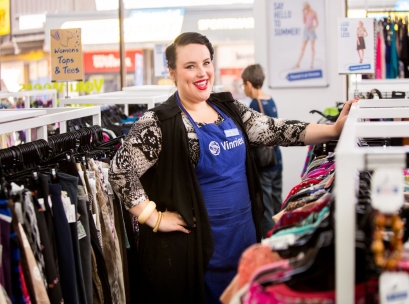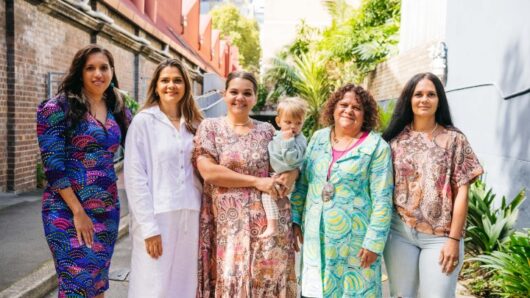 Last month, I walked through shopping centres and malls and observed them in a way I probably had not done for 30 years. It was during these walks it hit me what needs to be in place for there to be a successful, scalable and sustainable textile recycling industry in Australia.
Last month, I walked through shopping centres and malls and observed them in a way I probably had not done for 30 years. It was during these walks it hit me what needs to be in place for there to be a successful, scalable and sustainable textile recycling industry in Australia.
As a former retail CEO, I know too well that November and December are mission critical for the rest of the year’s financial performance. Many years ago, when I was a trainee at Marks & Spencer in the UK, a senior store manager said, “We make all of our profit in December and spend the rest of the year trying not to lose it.” This remark always shaped my end-of-year planning when I was focused on maximising sales and driving volume out of the store’s front door.
Looking at customer and retailer behaviours in December – even through my new set of lenses as a textile recycler – retailers were seriously tempting customers to buy more volume, often through aggressive pricing. And anecdotal feedback from colleagues at Australia Post informed me that online packages were being delivered at increasing volumes. So, the retail maxim of “sell more stuff than last year” appeared to be in good order, and the sales of textiles, as gifts, did well.
Many of these new purchases will replace existing items in our wardrobes. Textile waste is a growing problem and one that is poorly measured or managed by government. It is also complicated by our personal relationship with our clothing. We do not fall in love with a plastic bottle, but diligently recycle it, but we do have strong feelings for our clothes and instead of throwing them away, we engage in “guilt-free disposal” by donating to a charity store, where we hope it will be sold and reused. But the truth is 80 per cent of our donations will end up in landfill, either here or overseas.
Donating to charity shops is a good thing, as the work they do is important. But, given the increasing volumes of unsaleable donations they are receiving, we need to develop real business models and solutions that are both scalable and sustainable.
To be successful any recycling scheme has to be simple in its execution, emotionally compelling in its reason and have a support ecosystem that allows it to survive.
If we take glass recycling as an example of this, we can see what is missing in the textile-recycling industry and what needs to be in place to allow it industry to grow.
- Simple execution: Place all glass in a bin that is outside your house, in your office or at the mall.
- Compelling reason: Broken glass is dangerous; glass can be recycled; we will pay you to do it.
- Existing ecosystem: Council collects the bins; recyclers get the glass delivered and recycle it.
- Product usage: Glass is converted to sand that can be used in road base or building materials.
While I am simplifying the process, no one is going to argue that for glass, the model holds true. It is simple to recycle glass, it is compelling to do it and so we all do it.
This is not true for textiles. Collection is not centralised and it happens via multiple drop-off points. If not collected, the textile waste is put into general landfill. Scale recycling of textiles is now emerging, but it needs more support to grow. And there is no easily accessible marketplace for volume-recycled fibre, so sellers and buyers are not connecting. It remains harder to do the right thing than to do what we have always done.
We all have a part to play in developing, supporting and building an ecosystem that allows the three to four million tonnes of fabrics that go into landfill every year to be converted into a valuable resource.
So, what do we need to do to make this happen?
- The government needs to collect accurate data on textile waste and set mandated procurement targets for recycled material for government contracts.
- Businesses/investors need to support and invest in new technology that allows fibre separation to happen.
- Retailers need to set recycled targets for buying and hold board members accountable for these targets.
- Consumers need to demand more recycled fibre, and reward retailers can that offer it at scale.
- And lastly, the industry needs to source more innovative and locally produced recycled raw materials.
In my mind, these actions, collectively, will continue to develop the growing number of businesses actively developing scale textile recycling in Australia.
I hope they are all on your New Year’s resolution list for 2019.
Adrian Jones has more than 30 years’ experience in executive positions with companies such as Myer, Next, Marks & Spencers, WH & Smith, and APG and Co, an Australian retail business that owns and operates Sportscraft, Saba and JAG brands, to name a few. Adrian is now a co-founder of BlockTexx.





